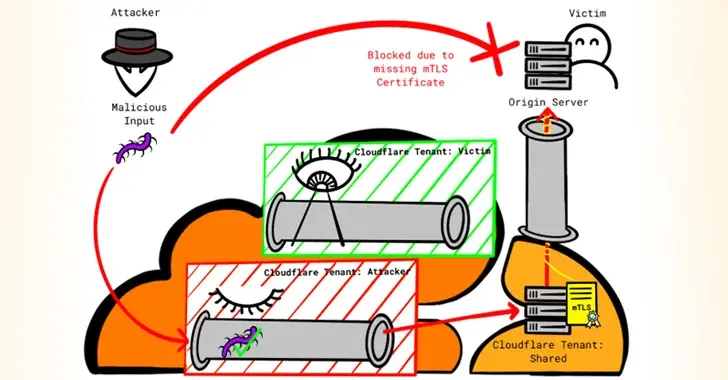unattended-upgrades is annoying? How so?
- ByteWizard@lemm.ee
- Banned
- 1 Post
- 16 Comments
- ByteWizard@lemm.eeto
 1·8 months ago
1·8 months agoFor Unifi devices you setup a Virtual Network then assign the guests to that. https://help.ui.com/hc/en-us/articles/115000166827-UniFi-Hotspot-Portal-and-Guest-WiFi
- ByteWizard@lemm.eeto
 22·8 months ago
22·8 months agoEver hear of the fable “The boy who cried wolf”?
One catch is that you have to assume it’s gonna be sending data to China or at least have a hidden backdoor, possibly both. That may not matter depending on what they are doing.
We used this when we had cats: https://tabcat.com
It’s expensive up front but works pretty well and no hosting fees. Of course it’s not GPS so you kinda gotta know the general area the cat is in. But it was great for getting the cats in out of the yard. They would hide when it was time to come in until we got this. Worked ok for finding them in the neighborhood as well, just walked around pointing the remote everywhere. The collar tags are nice and small as well.
- ByteWizard@lemm.eeto
 131·1 year ago
131·1 year agoFucking Gskill keyboard has the same issue. Maco recording buttons that are up near escape so I’d hit record without knowing it, then sometime later I’d replay it all. After the second time I just ripped the whole button off the keyboard.
Fuck that shit.
- ByteWizard@lemm.eeto
 61·1 year ago
61·1 year agoOrangePi is pretty nice. Built in 8gb eMMC module is a huge performance boost. Only $60 with case and PSU.
This is for my users, none of whom are experienced enough to do offline image editing.
Welcome to Costco, I love you
Eaton. Just replaced most of our APC with them and have been pretty impressed so far.
Puts the S in HTTPS. Free. Get an ACME client for your service. https://acmeclients.com
Get an eMMC module ($10) for the Pi or buy something similar with one built-in. Much faster and more reliable.
- ByteWizard@lemm.eeto
 102·1 year ago
102·1 year agoI’d say it was the fan that solved the overheating problem, not the zip ties.
- ByteWizard@lemm.eeto
 0·1 year ago
0·1 year agoPhotoshop mostly. Graphics people HAD to have a mac. Also Macintosh screens were better, or at least better than the average PC CRT.
OrangePi makes a decent solution with a built-in 8GB eMMC module. Makes it much faster. Dunno if you are CPU or IO bound on the RPi4.

If you’re on Debian, it’s the tried and true method. The config is dead simple for most upgrades, just un-comment the line in the config file next to the type of upgrades you want, stable or testing. It can take some debugging if you have a package with it’s own APT repo. It’ll just ignore those updates by default.